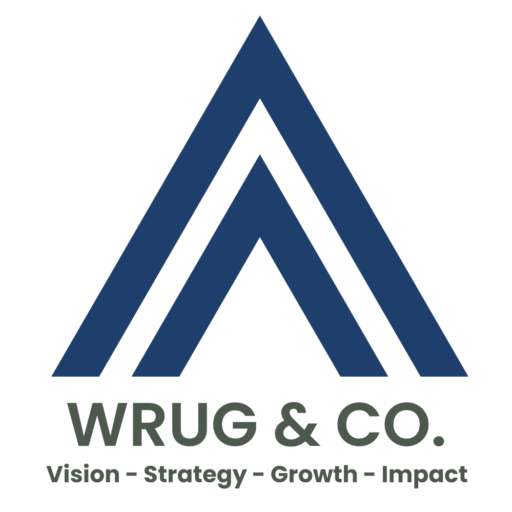A learning organization is an organization skilled at creating, acquiring, and transferring knowledge, and at modifying its behavior to reflect new knowledge and insights… How, after all, can an organization improve without first learning something new?
David A. Garvin, Professor, Harvard Business School
Takeaways of Note:
3 Ms – 3 critical issues for effective implementation as a Learning Organization:
- Meaning – a plausible, well-grounded definition of learning organizations… actionable & easy to apply
- Management – clear guidelines for practice… operational advice rather than high aspirations
- Measurement – tools for assessing organization’s rate and level of learning to ensure that gains have been made
5 main activities Learning Organizations are skilled at:
- Systematic problem-solving… using (1) methodology for diagnosing problems, (2) data for decision-making, and (3) simple statistical tools for organizing data to draw inferences
- Experimentation with new approaches… (1) ensure a steady flow of new ideas, (2) incentivize risk-taking (benefits of experimentation should exceed the costs), (3) team leaders trained in skills required to perform & evaluate experiments
- Learning from their own experience & history… assess & record the lessons in a form that team finds open & accessible
- Learning from the experiences & best practices of others… companies in completely different businesses can be sources of ideas & catalysts for creative thinking
- Transferring knowledge quickly & efficiently throughout the organization… ideas carry maximum impact when shared broadly rather than held closely; consider written, oral, & visual reports, site visits & tours, personnel rotation programs, education & training programs, etc.
